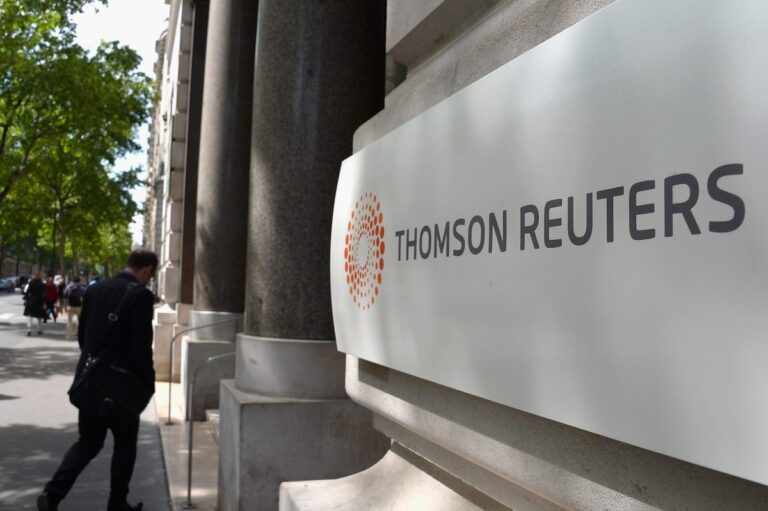The Worst Hacks of 2024
Every year has its own mix of digital security debacles, from the absurd to the sinister, but 2024 was particularly marked by hacking sprees in which cybercriminals and state-backed espionage groups repeatedly exploited the same weakness or type of target to fuel their frenzy. For attackers, the approach is ruthlessly efficient, but for compromised institutions—and the individuals they serve—the malicious rampages had very real consequences for people’s privacy, safety, and security.
As political turmoil and social unrest intensify around the world, 2025 will be a complicated—and potentially explosive—year in cyberspace. But first, here’s WIRED’s look back on this year’s worst breaches, leaks, state-sponsored hacking campaigns, ransomware attacks, and digital extortion cases. Stay alert, and stay safe out there.
Espionage operations are a fact of life, and relentless Chinese campaigns have been a constant in cyberspace for years now. But the China-linked espionage group Salt Typhoon carried out a particularly noteworthy operation this year, infiltrating a slew of US telecoms including Verizon and AT&T (plus others around the world) for months. And US officials told reporters earlier this month that many victim companies are still actively attempting to remove the hackers from their networks.
The attackers surveilled a small group of people—less than 150 by current count—but they include individuals who were already subject to US wiretap orders as well as state department officials and members of both the Trump and Harris presidential campaigns. Additionally, texts and calls from other people who interacted with the Salt Typhoon targets were inherently also caught up in the espionage scheme.
Throughout the summer, attackers were on a tear, breaching prominent companies and organizations that were all customers of the cloud data storage company Snowflake. The spree barely qualifies as hacking, since cybercriminals were simply using stolen passwords to log in to Snowflake accounts that didn’t have two-factor authentication turned on. The end result, though, was an extraordinary amount of data stolen from victims including Ticketmaster, Santander Bank, and Neiman Marcus. Another prominent victim, the telecom giant AT&T, said in July that “nearly all” records relating to its customers’ calls and texts from a seven-month stretch in 2022 were stolen in a Snowflake-related intrusion. The security firm Mandiant, which is owned by Google, said in June that the rampage impacted roughly 165 victims.
In July, Snowflake added a feature so account administrators could make two-factor authentication mandatory for all of their users. In November, suspect Alexander “Connor” Moucka was arrested by Canadian law enforcement for allegedly leading the hacking spree. He was indicted by the US Department of Justice for the Snowflake tear and faces extradition to the US. John Erin Binns, who was arrested in Turkey for an indictment related to a 2021 breach of the telecom T-Mobile, was also indicted on charges related to the Snowflake customer breaches.
At the end of February, the medical billing and insurance processing company Change Healthcare was hit with a ransomware attack that caused disruptions at hospitals, doctor’s offices, pharmacies, and other health care facilities around the US. The attack is one of the all-time largest breaches of medical data, impacting more than 100 million people. The company, which is owned by UnitedHealth, is a dominant medical billing processor in the US. It said days after the attack started that it believed ALPHV/BlackCat, a notorious Russian-speaking ransomware gang, was behind the assault.
Personal data stolen in the attack included patient phone numbers, addresses, banking and other financial information, and health records including diagnoses, prescriptions, and treatment details. The company paid a $22 million ransom to ALPHV/BlackCat at the beginning of March in an attempt to contain the situation. The payment seemingly emboldened attackers to hit health care targets at an even greater rate than usual. With ongoing, rolling notifications to more than 100 million victims—with more still being discovered—lawsuits and other blowback has been mounting. This month, for example, the state of Nebraska sued Change Healthcare, alleging that “failures to implement basic security protections” made the attack much worse than it should have been.
Microsoft said in January that it had been breached by Russia’s “Midnight Blizzard” hackers in an incident that compromised company executives’ email accounts. The group is tied to the Kremlin’s SVR foreign intelligence agency and is specifically linked to SVR’s APT 29, also known as Cozy Bear. After an initial intrusion in November 2023, the attackers targeted and compromised historic Microsoft system test accounts that then allowed them to access what the company said were “a very small percentage of Microsoft corporate email accounts, including members of our senior leadership team and employees in our cybersecurity, legal, and other functions.” From there, the group exfiltrated “some emails and attached documents.” Microsoft said that the attackers seemed to be looking for information about what the company knew about them—in other words, Midnight Blizzard doing reconnaissance on Microsoft’s research into the group. Hewlett-Packard Enterprise (HPE) also said in January that it had suffered a corporate email breach attributed to Midnight Blizzard.
The background check company National Public Data suffered a breach in December 2023, and data from the incident started showing up for sale on cybercriminal forums in April 2024. Different configurations of the data cropped up again and again over the summer, culminating in public confirmation of the breach by the company in August. The stolen data included names, Social Security numbers, phone numbers, addresses, and dates of birth. Since National Public Data didn’t confirm the breach until August, speculation about the situation grew for months and included theories that the data included tens or even hundreds of millions of Social Security numbers. Though the breach was significant, the true number of impacted individuals seems to be, mercifully, much lower. The company reported in a filing to officials in Maine that the breach affected 1.3 million people. In October, National Public Data’s parent company, Jerico Pictures, filed for Chapter 11 bankruptcy reorganization in the Southern District of Florida, citing state and federal investigations into the breach as well as a number of lawsuits that the company is facing over the incident.
Honorable Mention: North Korean Cryptocurrency Theft
A lot of people steal a lot of cryptocurrency every year, including North Korean cybercriminals who have a mandate to help fund the hermit kingdom. A report from the cryptocurrency tracing firm Chainalysis released this month, though, underscores just how aggressive Pyongyang-backed hackers have become. The researchers found that in 2023, hackers affiliated with North Korea stole more than $660 million across 20 attacks. This year, they stole roughly $1.34 billion across 47 incidents. The 2024 figures represent 20 percent of total incidents Chainalysis tracked for the year and a whopping 61 percent of the total funds stolen by all actors.
The sheer domination is impressive, but the researchers emphasize the seriousness of the crimes. “US and international officials have assessed that Pyongyang uses the crypto it steals to finance its weapons of mass destruction and ballistic missiles programs, endangering international security,” Chainalysis wrote.







